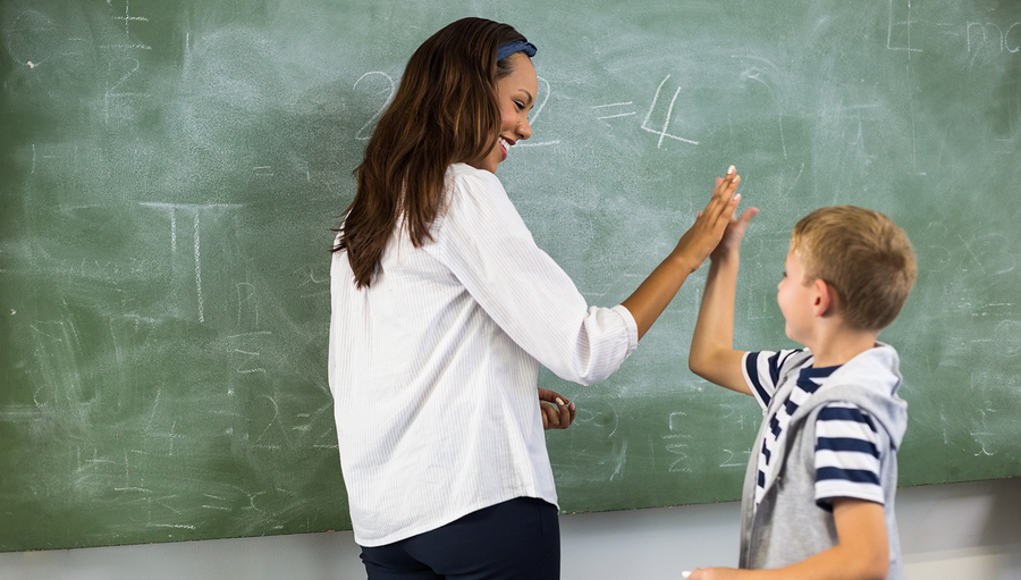Silicon Schools Reflects on Five Years of Personalized Learning

Personalized learning holds much promise for improving education for students everywhere, but this means that it also holds much potential for disappointment and stagnation if it becomes just another buzzword that we treat as a band-aid rather than a fundamental overhaul of approach.
Silicon Schools recently released a report on the progress they’ve seen and lessons they’ve learned since their journey in personalizing learning began five years ago, titled All That We’ve Learned, Five Years Working on Personalized Learning. We are very impressed with both their approach and their sober-minded view of the impressive results they’ve achieved.
Among the keys to their success is the following idea, which emphasizes whole-student development and 21st-century skills as equal counterparts to test scores:
“While we care about math and reading proficiency, we hope that personalized learning will do more than just raise test scores. Schools play other important roles too: teaching empathy, supporting democracy, fostering creativity, and helping create well-rounded students.”
Throughout the report are great insights into what has worked for these schools and what hasn’t, including research-based nuggets of gold (or at least silver) such as:
- 20-40% of individual screen time is the upper optimum boundary for student learning in Silicon Schools in a given day
- The importance of student agency in improving long-term education outcomes
- The value of a 50/50 mix time spent with on-grade level material in heterogeneous groups and personalized work in more homogeneous groups
We also appreciate Silicon Schools’ intent in setting a five-year approach to improvement, emphasizing numerous pilots with a focus on iteration, with the end goals including getting better at supporting teachers, setting goals and reflecting. Many of these were key aspects of successful pilots in our recent series on pilot design for personalized learning (produced in partnership with members of the Learning Assembly). And have we mentioned that we’re huge fans of the iterative design-thinking approach?
And while Silicon Schools is able to cite impressive statistics such as a school wherein 85% of their Latino students scored proficient in ELA on the state assessment while only 37% of Latino students scored proficient in the district where the school resides, they remain humble yet optimistic:
“While we realize our portfolio’s results aren’t a pure or rigorous proof of personalized learning’s effectiveness, strong academic outcomes at such an early stage of a movement give us hope for what is to come and make us cautiously optimistic about the promise of personalized learning to improve student learning.”
We’re excited to see where Silicon Schools–and personalized learning at large–are at five years from now.
For more, see:
- 15 Dimensions of Personalized Learning
- Personalized Learning is a Movement that Takes Time
- Designing Pilot Programs for Schools and Districts
Stay in-the-know with all things EdTech and innovations in learning by signing up to receive the weekly Smart Update. This post includes mentions of a Getting Smart partner. For a full list of partners, affiliate organizations and all other disclosures, please see our Partner page.





0 Comments
Leave a Comment
Your email address will not be published. All fields are required.